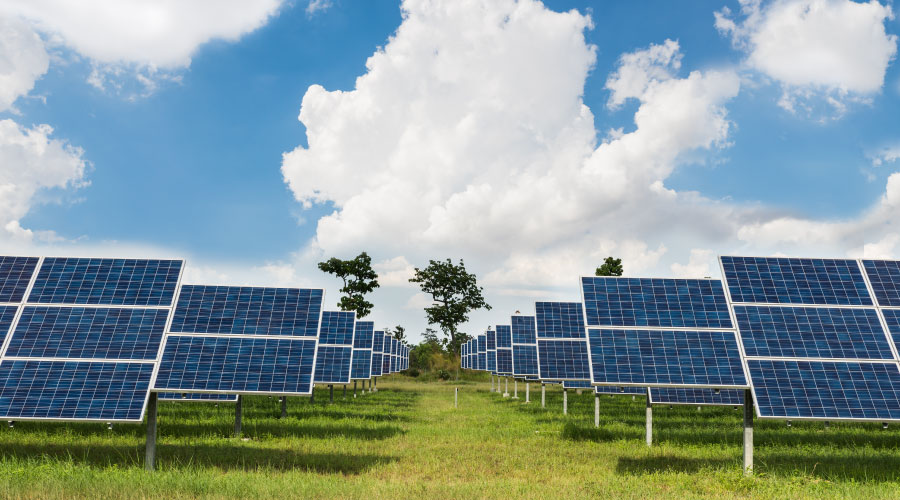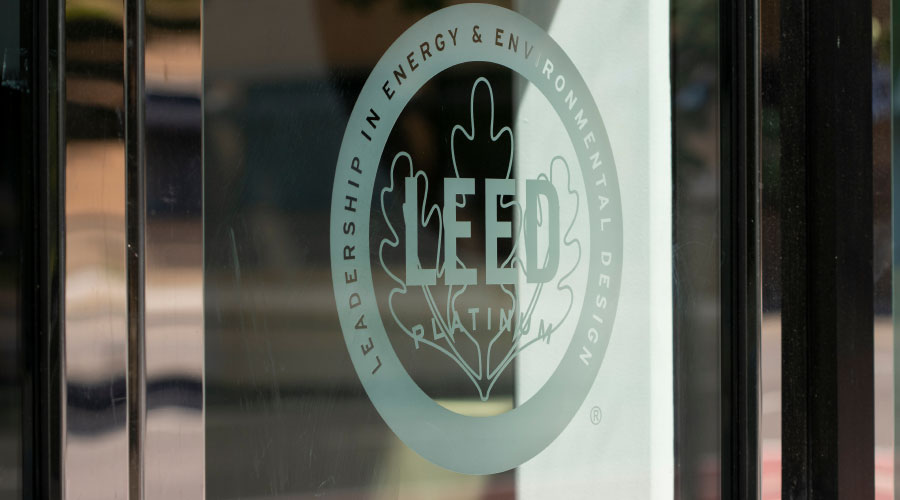The American Institute of Architects Announces the 2009 COTE Top Ten Green Projects
The American Institute of Architects (AIA) and its Committee on the Environment (COTE) have selected the top ten examples of sustainable architecture and green design solutions that protect and enhance the environment.
The American Institute of Architects (AIA) and its Committee on the Environment (COTE) have selected the top ten examples of sustainable architecture and green design solutions that protect and enhance the environment.
The 2009 COTE Top Ten Green Projects program celebrates projects that are the result of a thoroughly integrated approach to architecture, natural systems and technology. They make a positive contribution to their communities, improve comfort for building occupants and reduce environmental impacts through strategies such as reuse of existing structures, connection to transit systems, low-impact and regenerative site development, energy and water conservation, use of sustainable or renewable construction materials, and design that improves indoor air quality.
Members of the jury include: Michelle Addington, Yale School of Architecture; Brandy Brooks, Assoc. AIA, Community Design Resource Center of Boston; William Leddy, FAIA, Leddy Maytum Stacy Architects; Nadav Malin, BuildingGreen LLC; Kim Shinn, LEED AP, LTLC Engineering for Architecture; and James Timberlake, FAIA, Kieran Timberlake Associates LLP.
What follows is a list of descriptions of the winners from AIA.
Charles Hostler Student Center, Beirut, Lebanon
VJAA
The Hostler Center design responded to its unique social and environmental context. Situated on Beirut’s seafront and main public thoroughfare, the new 204,000 square foot facility includes competitive and recreational athletic facilities, an auditorium, cafeteria with study space, and underground parking for 200 cars. Multiple building volumes were proposed that interconnected a continuous field of habitable space with gardens on multiple levels. The design for the new Hostler Center synthesizes architecture and landscape to create a set of richly varied and environmentally diverse spaces for people to gather in throughout the day and evening.
Chartwell School, Seaside, CA
EHDD Architecture
The shared vision for the new Chartwell School campus was to create an exceptional, high-performance learning environment for children with learning differences. The goal was a campus that integrated proven strategies to improve learning outcomes and that would function as a teaching tool about sustainability, all while dramatically reducing environmental impacts. Sited on a hill overlooking Monterey Bay, this project seamlessly blends the elements of site, program and environmental conservation.
Gish Apartments, San Jose, CA
OJK Architecture and Planning
Gish Apartments is a 35-unit transit-oriented family apartment complex that provides quality affordable housing. The mixed-use plan includes a ground floor 7-Eleven and beauty salon to serve the neighborhood. Gish Apartments is a ground breaking development both for its architectural design and in its use of renewable energy technologies and other green building features. Gish is the only affordable housing development in the U.S. to receive both LEED for Homes and LEED NC Gold certification.
Great River Energy Headquarters, Maple Grove, Minnesota
Perkins+Will
Great River Energy (GRE) is a not-for-profit electric utility cooperative owned by its members. Great River Energy’s Headquarters is a 166,000 square foot, four-story concrete frame and glass curtain wall office building. GRE’s new office environment was designed to showcase workplace productivity, energy efficient technologies, and a collaborative culture within the most electric energy-efficient building in the state. GRE was looking to demonstrate energy efficient technologies that can be transferred to their customers in an effort to reduce the future demand for fossil fuel electric generation.
Jewish Reconstructionist Congregation (JRC), Evanston, Illinois
Ross Barney Architects
The design of the new synagogue for the JRC balances the limitations of a small site with an ambitious program that promotes worship, education, and community objectives. JRC's commitment to the principle of tikkun olam—Hebrew for "repairing the world"—is manifest in the building's architecture. On a modest budget, the synagogue achieved a LEED Platinum certification, a primary goal of its board of directors. JRC has become a community leader, demonstrating benefits of green design.
Portola Valley Town Center, Portola Valley, CA
Co-Architects: Siegel Strain Architects; Goring and Straja Architects
Replacing three town structures—a library, community hall, and town hall—the Portolo Valley Town Center, used the publics’ input in the design process, while a task force established six goals that were used as a metric by the town council, citizenry, and the design team to evaluate design proposals. The center was completed while adhering to these goals by taking advantage of the building site, creating civic and recreational space for the entire community, meeting all the municipal needs of the town, creating space that facilitates casual meetings, exemplify the town's rural design ideals that compliment the landscape, and becoming an extension of the town’s residences.
Shangri La Botanical Gardens and Nature Center, Orange, Texas
Lake|Flato Architects
Located on 252 acres, the Shangri La Botanical Gardens and Nature Center serves primarily as an interpretive center for the site’s native ecosystems as well as a facility for study and research. The Nature Center provides hands-on learning opportunities by means of an exhibit called the Nature Discovery Center, a laboratory, and three outdoor classrooms located deep in the cypress swamp. At the beginning of the construction process the property sustained a direct hit from Hurricane Rita, but the team was still able to maintain LEED Platinum standards in the building process by salvaging natural materials, as many fallen trees were either incorporated into the construction of the new facilities or harvested for lumber for other projects.
Synergy at Dockside Green, Victoria, British Colombia
Busby Perkins+Will Architects Co.
Dockside Green is a 1.3 million square foot, mixed-use development on a former brownfield site. The first phase, Synergy, includes four buildings constructed over a common underground parking structure. The program for Synergy includes a nine-story residential tower with commercial units on the ground floors, a two-story townhouse building; a six-story building with commercial units on the ground floor and a four-story residential building. The site is bound by roads on the west and north sides, a greenway and creek on the east side, and future development on the south side.
The Terry Thomas, Seattle, WA
Weber Thompson
The Terry Thomas was designed to provide a healthy and creative work environment that would illustrate the possibilities of sustainable design. The building has 37,000 square-feet of office space on four floors. The ground level features 3,000 square-feet of retail and restaurant space, and a central courtyard that provides a gathering space. As both the designers and inhabitants of The Terry Thomas, the occupants now enjoy the benefits of strong natural and cultural connections while simultaneously increasing their productivity potential. In the process, they have created an experimental and educational tool for promoting sustainable design.
World Headquarters for the International Fund for Animal Welfare (IFAW), Yarmouth Port, MA
DesignLAB Architects
The new LEED Gold IFAW headquarters encompasses 54,000 square-feet of space in three connected buildings. The project accomplishes its goals through a pragmatic low-cost, low-tech approach to sustainability based on fundamentals and common sense. The site landscape draws from the 18th-century Bartlett farm in nearby Barnstable as a model of landscape preservation. The resulting layout is in the tradition of rural Cape Cod development; a half-acre courtyard of native grasses, open to the south, centers the building complex, whose flexible architecture is located at the north, east and west edges of the site.
Related Topics:










